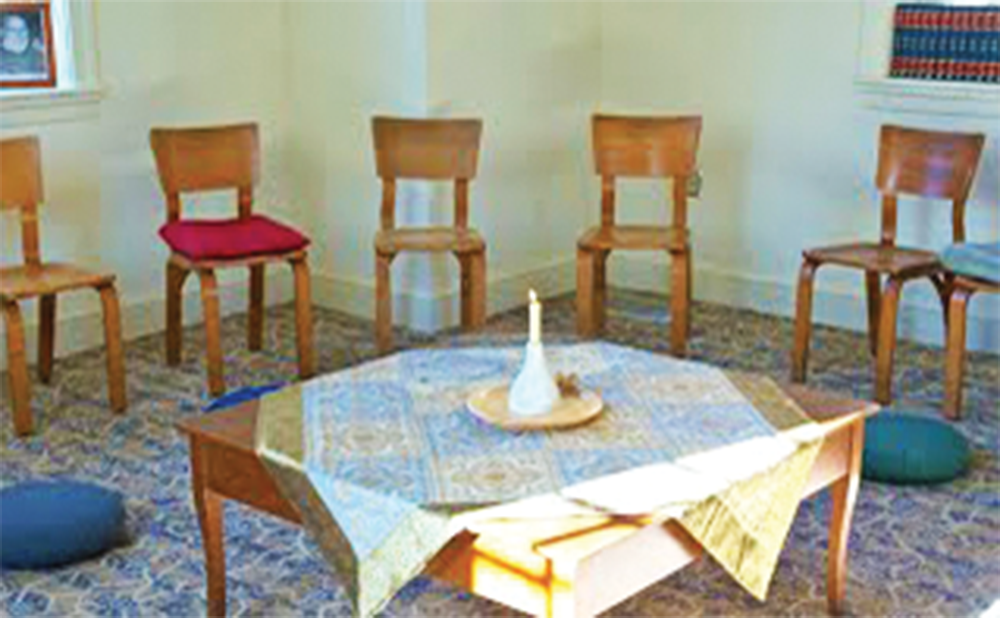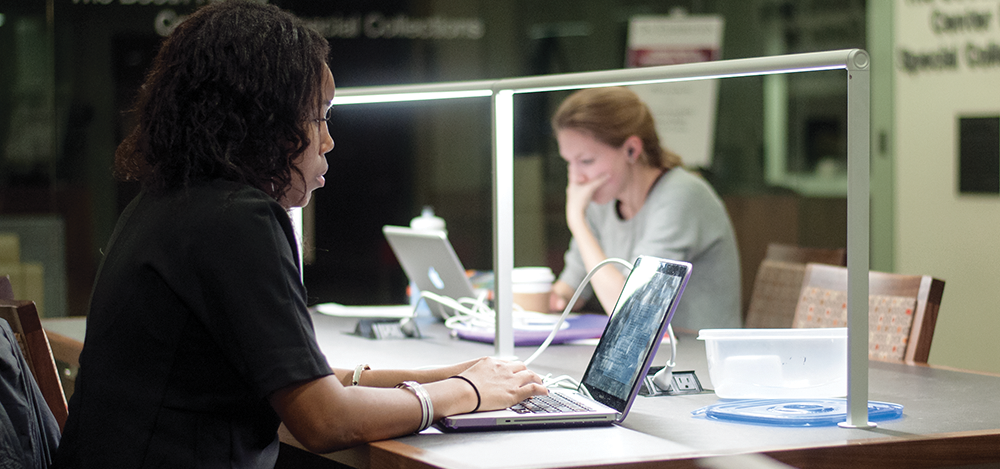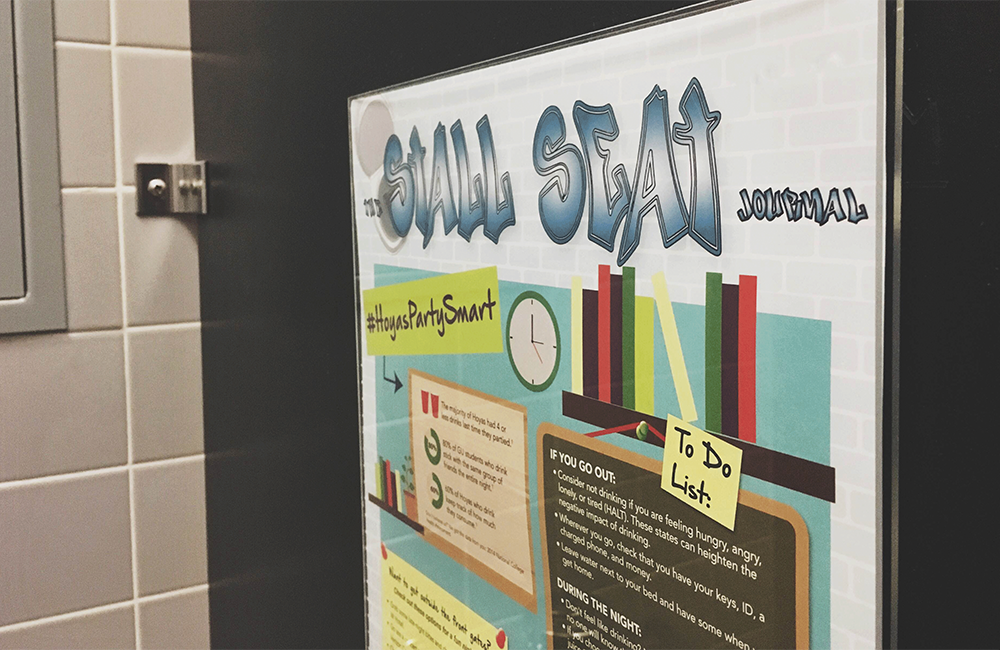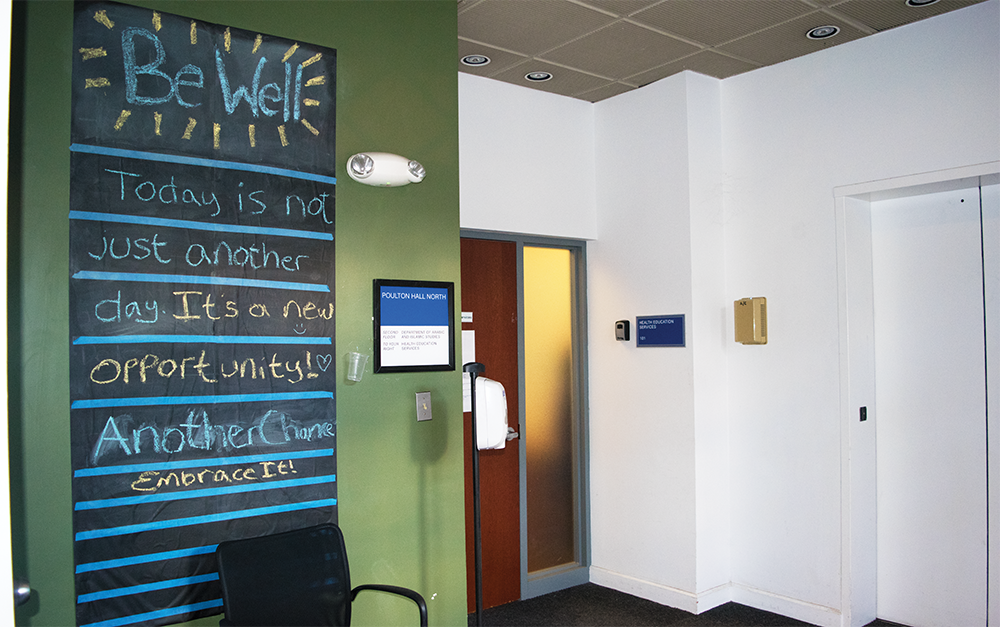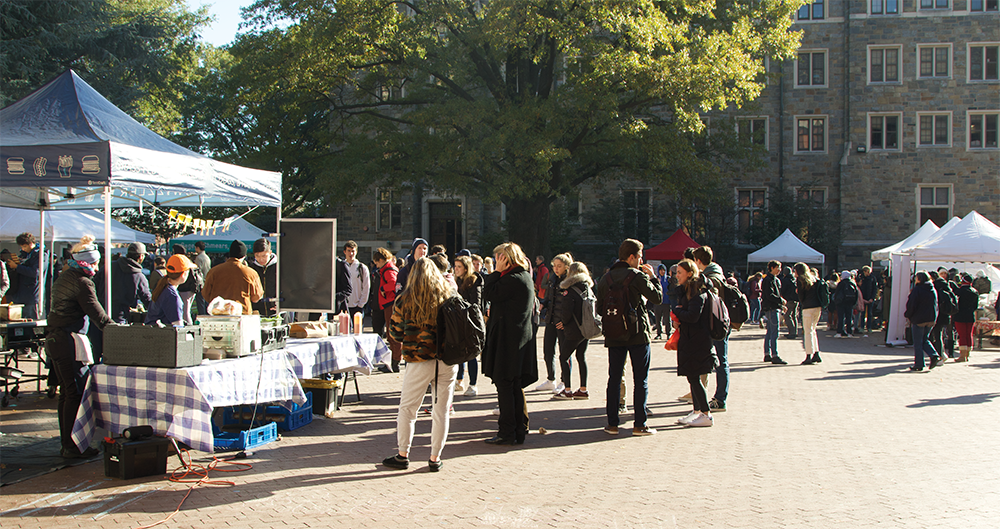
On campus, when homesickness, social pressures and multiple assignments jeopardize students’ happiness, “mindfulness meditation” can restore a healthy balance.
It is no secret that college is demanding. Homesickness, multiple assignments, work and social pressures make for an overbearing load. College students become extremely familiar with stress and its crippling effects. According to a study done by the Anxiety and Depression Association of America, 80 percent of college students frequently experience daily stress.
In order to truly reduce stress levels, it is necessary to be able to recognize commons signs of stress and understand their origins. The American Institute of Stress lists as many as 50 common symptoms and signs of stress, including frequent headaches and lightheadedness, stuttering, dry mouth, rashes, heartburn, anxiety, insomnia, forgetfulness, paranoia and even impulse shopping.
However, stress is not merely a mental state, it can cause serious damage on the body’s nervous, skeletal, respiratory and cardiovascular systems. It is also linked to high blood pressure, worsened cases of asthma and acne. Recognizing these symptoms can prevent any serious stress-induced health disorders.
More important than being able to identify these symptoms is understanding their origins. The first source of stress is academics. This is especially pertinent to freshmen who are struggling to adapt to the demands of a college curriculum. Nonetheless, academic stress affects upperclassmen as well, especially when it comes to major coursework.
Academic anxiety is extremely prevalent at Georgetown University, a world-renowned institution where most students come from the top of their high schools. Academic stress is one of the most common forms of stress among college students. A breakdown of academic stress reveals that it mainly stems from increased workloads, lower grades than expected or desired and the fear of graduating on time.
Another stress factor is interpersonal relations. College students face a plethora of social pressures. Juggling roommates, love lives, shifting friendships and parental relationships is a straining task.
The third most common source of stress amongst college students is intrapersonal stress, such as responsibilities, public speaking or financial factors. These factors can be unique to each person’s own set of issues. It is often these “inner demons” that cause students the most stress.
There are variety of ways to relieve stress. Before starting any technique, get yourself to a quiet room for 10 to 20 minutes and wear something comfortable. Ensure that you are as comfortable as possible. It will be hard to force yourself to relax the first few times, but practice makes perfect.
One popular method to relieve stress is muscle relaxation. Start by tensing a certain muscle group for 5 to 10 seconds and then relax the same region for 10 to 20 seconds before moving on to the next group. Continue until all groups have been relaxed. It is important to finish in a calmed state to feel truly recharged and focused. Some popular muscle groups for this method are the hands, shoulders, neck and thighs.
Exercise is an effective and healthy stress reliever. If you do not enjoy lifting weights or running, try taking up yoga or joining one of Yates Field House’s many fun exercise classes. For those who do not have time to make it to Yates, just taking a short walk around campus can be enough. Exercise is not the only necessary way to take care of your body.
“Important to this process are healthy self-care practices entailing good diet, sleep and exercise, and reducing alcohol use and other behaviors that cause harm to the body or create more difficulty,” Counseling and Mental Health Director Phil Meilman said in an email to The Hoya.
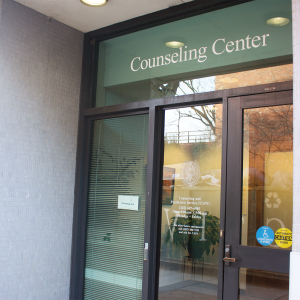
Academic anxiety, shifting interpersonal relations and intrapersonal stress all threaten the emotional balance of college students both at Georgetown and nationwide.Meditation and visualization are stress relievers that can be practiced from the comfort of a dorm room. Meditation involves fixating on a calming word or thought for several minutes. Do not be worried if your thoughts initially wander. Keep referring to your calming thought. After a while, you should start to feel more relaxed.
Visualization is similar to meditation, except it involves fixating on a beautiful or calming image, such as a beach or meadow. These methods allow you to remove yourself from your stressful environment and enter a state of tranquility.
For fun means to reduce stress, try finding a creative outlet. Coloring can be a less time-intensive method to relieve anxiety and stress. When coloring, focus on how it feels to complete the picture and process the physical action of coloring. Other creative outlets involve knitting, sewing, painting and dancing.
However you choose to relieve stress, remember that you are not alone. Everyone goes through periods of stress in their lives, so never be afraid to reach out to friends and on-campus resources such as the chaplains-in-residence, a trusted professor or a CAPS counselor.
“We will also encourage those who have interest to engage in what is called ‘mindfulness meditation,’ whether by downloading an app such as Headspace or Calm, or by attending our weekly meditation offering at the John Main Meditation Center,” Meilman said.
Stress affects everyone differently. The easiest way to assess your stress is to find the balance that works for you.
“We encourage students to strive for balance in their day-to-day lives among academics, athletics, recreation, socializing, exercise, and family obligations,” Meilman said.
Although easier said than done, reaching balance remains the key to a happy, healthy, stress-free life.








